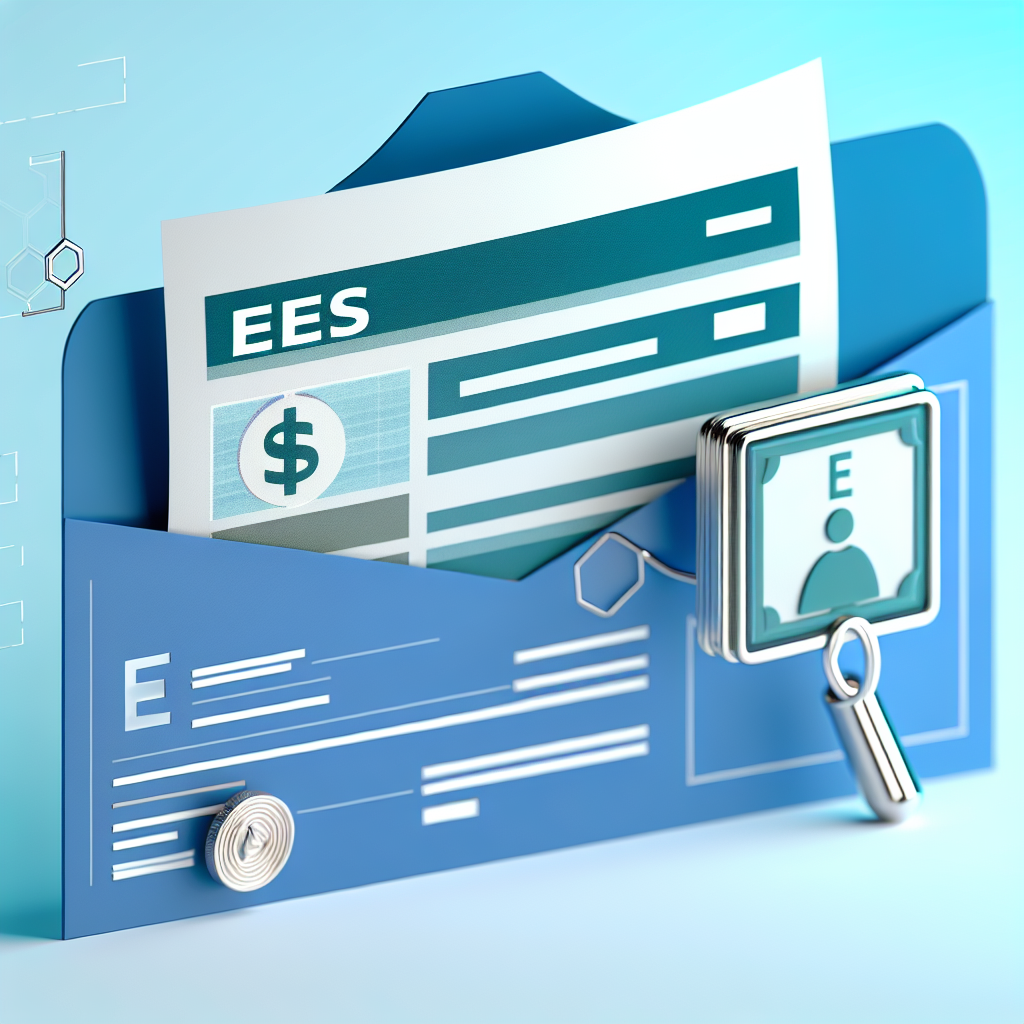
The payslip is an essential document for any employee, serving as a detailed record of earnings and deductions. Understanding what’s included on it can be vital for both employees and Human Resource professionals managing payroll. One of the abbreviations frequently encountered on payslips in Ireland is “EE,” which signifies the employee’s portion of Pay Related Social Insurance (PRSI) contributions. In this article, we will explore what “EE” means, its significance, current trends, and key benefits associated with its clarity on payslips.
What is EE on a Payslip?
Definition and Significance: On a payslip, “EE” delineates the portion of PRSI contributions that the employee is responsible for. Social insurance contributions like PRSI are obligatory payments made by both employees and employers, facilitating access to necessary social services such as pensions and unemployment benefits. The “EE” designation specifically identifies the contributions deducted from an employee’s earnings, thereby informing them about their responsibility regarding social insurance payments [1].
Current Trends in Payslip Transparency
The movement towards greater transparency in payroll processing is increasingly prominent. Here are some noteworthy trends:
- Understanding PRSI: Employers now prioritise the clear presentation of deductions on payslips. This trend assists employees in grasping their contributions to social insurance schemes while ensuring compliance with relevant employment regulations [3].
- Electronic Payslips: The shift toward digital payslips has transformed how employees access their pay information. Accessible online, these digital payslips allow employees to manage their finances more effectively and stay informed about their remuneration details [1].
Key Benefits of Understanding the “EE” Designation
A clear understanding of the “EE” indication on payslips comes with several advantages, particularly for HR professionals and employees alike.
1. Enhanced Transparency
The explicit labeling of “EE” on payslips fosters transparency regarding salary deductions. This clarity empowers employees by enabling them to comprehend their contributions to social insurance, allowing for better financial planning and alleviating confusion about net pay [1].
2. Legal Compliance
Accurate representation of PRSI contributions on payslips upholds the requirements set forth by the Payment of Wages Act 1991 in Ireland. By providing precise and comprehensive payslips, employers mitigate the risk of potential legal repercussions stemming from payroll discrepancies [1].
3. Financial Management
With the employee’s portion of PRSI clearly detailed, individuals can undertake more effective financial planning. This includes an understanding of gross pay, net pay, and other deductions like taxes and PRSI, which are vital for budgeting and savings strategies [4].
4. Legal Protection
Should any discrepancies arise concerning the payslip, particularly in relation to the accurate representation of PRSI contributions, employees are shielded by legal protections. If an employer fails to offer an accurate payslip or mislabels deductions intentionally, they may face significant legal consequences [1].
How HR Professionals Can Facilitate Understanding of Payslips
As an HR professional, fostering an environment of transparency and knowledge around payslips can be paramount. Here are actionable strategies:
- Educate Employees: Implement training sessions or informational sessions that delve into the components of a payslip, explaining terms such as “EE” and what it entails for employee contributions.
- Digital Resources: Create accessible online resources or guides that employees can refer to when they have questions regarding their payslips.
- Encourage Questions: Establish an open-door policy where employees feel comfortable asking questions about their compensation and deductions without fear or hesitation.
Conclusion
In conclusion, it is crucial for both employees and HR professionals to understand the meaning and implications of “EE” on payslips. By fostering a transparent approach to payroll information, organisations can empower employees, promote legal compliance, and support financial management. Clear communication regarding payslip components, particularly social insurance contributions, ultimately contributes to a more informed and engaged workforce. Understanding one’s financial obligations is not only fundamental to individual financial health but also integral to fostering a productive and compliant workplace.
For HR professionals, ensuring that employees are well-informed about their payslips—particularly elements like “EE”—can bridge gaps in understanding and enhance the overall employee experience. Consider utilising the resources available and promoting a culture of transparency as part of your payroll processes.
For further details on payslip regulations and definitions, visit Citizens Information, Wallawalla.edu, and Vermont Human Resources.
Vadim Kouznetsov is a distinguished entrepreneur and the visionary founder and CEO of JobXDubai.com, the UAE’s rapidly expanding job board. Renowned for his expertise in bridging the gap between job seekers and employment opportunities, Vadim has become a leading authority in the recruitment and job market of Dubai.
